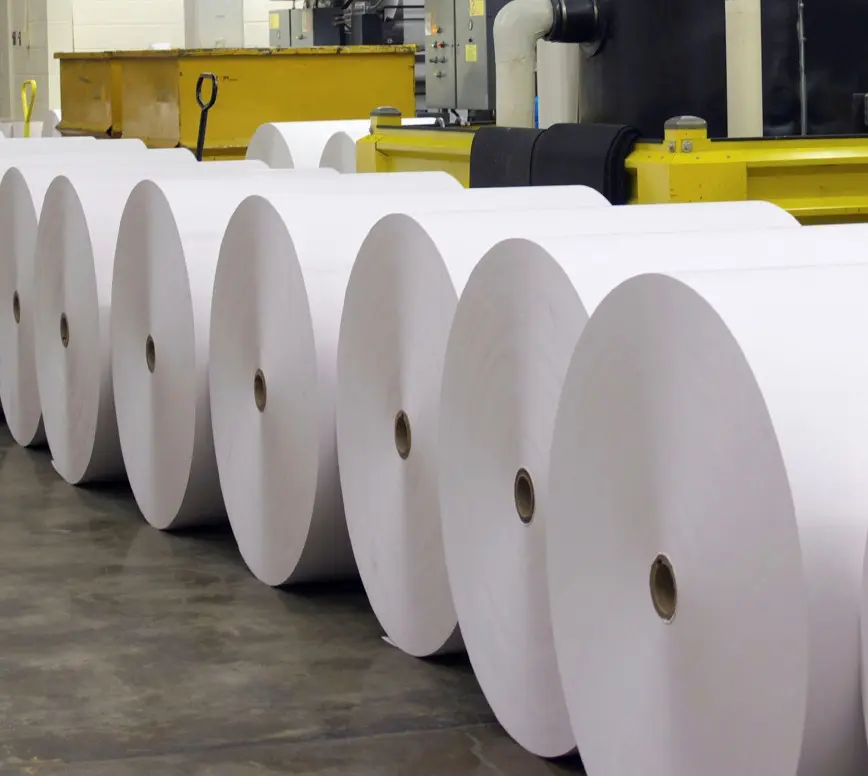Blister card packaging is a widely used packaging solution that is commonly used in retail for its ability to display products clearly and securely. Below, we’ll explore what blister card packaging is, its key components, types, advantages, common uses, and environmental considerations.
What is Blister Card Packaging?#
Blister card packaging consists of a pre-formed plastic cavity, known as the "blister," which holds the product securely in place. This blister is then sealed to a cardboard backing, referred to as the "card." This type of blister card printing is commonly used for small consumer goods like toys, pharmaceuticals, hardware, and electronics due to its durability, cost-effectiveness, and ability to showcase the product.
Key Components of Blister Card Packaging:#
- Blister: The blister is made from thermoformed plastic, such as PVC, PET, or other clear, durable materials. Transparent plastic is molded to the shape of the product, providing a snug fit that protects the item from damage and allows consumers a clear look at the product before purchasing it.
- Card: The card is usually made from printed paperboard or cardboard. It serves multiple functions such as providing a place for branding, product details, instructions, and barcodes to all be printed.
- Seal: The blister is attached to the card using a heat-seal process or adhesive. This process ensures that the product is securely enclosed, offering both protection and tamper resistance.
Types of Blister Card Packaging:#
- Face Seal Blister: The blister is sealed to the front of the card, leaving the back plain or available for additional product information. This type of blister card packaging is usually the most cost-effective option, making it popular for a wide range of products.
- Full Face Seal Blister: The blister covers the entire surface of the card, offering greater protection and allowing for a larger display area. This type of blister card packaging is often used for products that require additional security or a more premium presentation.
- Trapped Blister: In this design, the blister is trapped between two cards. This method is often used for heavier products, providing extra security and reducing the likelihood of tampering or damage during transportation.
- Clamshell Blister: A clamshell design features two plastic halves that are hinged together. The product is placed inside, and the package can be either resealable or permanently sealed. Clamshells are an extremely durable packaging option and are commonly used for products that require extra protection, such as electronics or tools.
Advantages of Blister Card Packaging:#
- Product Visibility: The clear plastic allows consumers to see the product, which can enhance the buying decision by providing confidence in the quality and features of the item. This visibility is especially important in crowded retail environments where shelf appeal is crucial.
- Tamper Resistance: Blister packs are generally difficult to open without damaging the package, providing a level of tamper-evidence. This is particularly important for items like pharmaceuticals and electronics, where product integrity is essential.
- Cost-Effective: Blister card printing and packaging is relatively inexpensive, protects products well, and presents them in a clean fashion at a lower cost compared to other more complex styles of packaging.
- Customization: Blisters and cards can be easily customized to fit various product shapes and sizes. The card offers space for branding, promotional messages, and essential product information, helping companies differentiate their products on the shelves.
Common Uses of Blister Card Packaging:#
- Pharmaceuticals: Blister packs are widely used for individual doses of medication, keeping them protected, fresh, and easy to dispense. The tamper-evident nature of blister packs also ensures the safety of the medication.
- Toys & Electronics: Blister card printing and packaging is popular for small toys, batteries, and accessories. It ensures that the products are both visible and well-protected, making them more appealing to consumers.
- Hardware: Items like tools, screws, and other small hardware are often packaged in blister cards, allowing for easy display and handling in stores. The packaging keeps the items organized and prevents loss or damage.
Contact Us Today#
Blister cards may seem like a simple and basic form of packaging. However, blister cards are highly versatile and have many practical uses across various industries. From pharmaceuticals to toys to hardware, blister packs offer a convenient and effective way to protect and display products. With its tamper-evident design and ability to showcase the contents inside, blister card packaging remains a popular choice for both manufacturers and consumers alike.
At Doranix, we recognize the importance of high-quality blister card packaging and offer a wide range of solutions to meet your specific needs. We offer expert blister card printing solutions. Contact us today to learn more about how our products can benefit your business.



